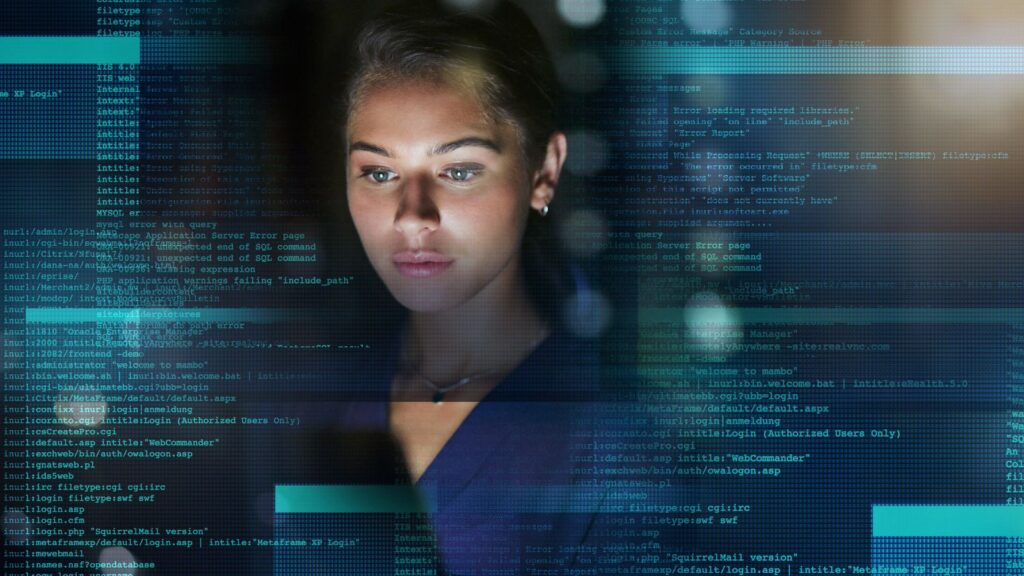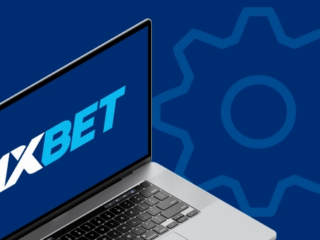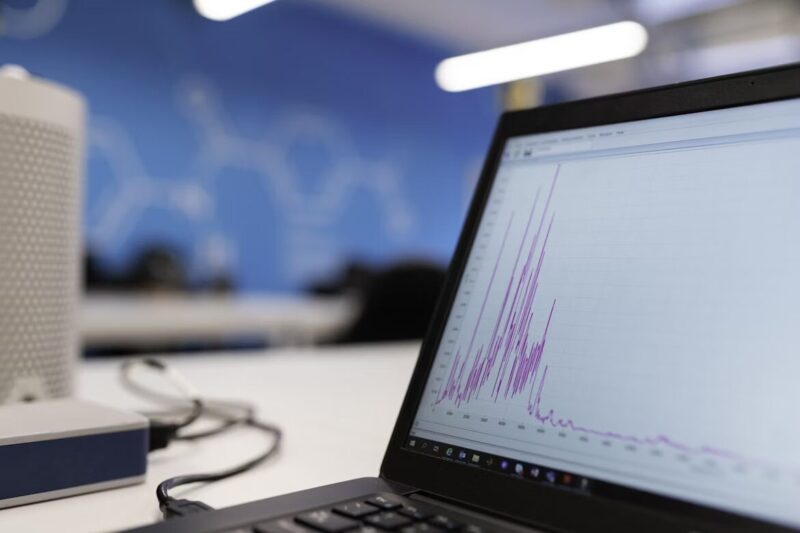
Transiting from a programming career to a data science career is a thrilling journey that takes advantage of your current technical skills and ventures into new ground. As the demand for data scientists continues to grow, programmers now have the best chance to shift. This in-depth article will guide you through converting your programming career to data science, pointing out skills needed, what to do practically, and tools to help you do so.
Understanding the Landscape of Data Science
Data science involves programming, statistics, and knowledge in the domain to get meaningful insights from data. It has different positions such as data analysts, machine learning engineers, and data engineers, with differing experience in data processing and analysis. You already have a good background in programming as a programmer. But you will have to learn more statistics, machine learning, and data visualization to make the switch.
Begin by examining your existing skills and assess where you need to learn:
- Programming Languages: You will have the ability to use languages like Python or R. Python is widely used in data science because it is easy to use and has a decent library.
- Database Management: Knowledge of SQL and database systems is required for data retrieval and data manipulation.
- Software Development Practices: Familiarity with version control systems (e.g., Git) and collaborative development practices is advantageous.
Building Essential Data Science Skills
To bridge the gap between programming and data science, focus on developing the following competencies:
1. Statistical Analysis and Mathematics
A solid understanding of statistics and mathematics is fundamental:
- Probability and Statistics: Understand concepts such as distributions, hypothesis testing, and regression analysis.
- Linear Algebra and Calculus: These are essential for understanding machine learning algorithms.
2. Data Manipulation and Analysis
Learn to work effectively with data:
- Data Cleaning: Methods to deal with missing data, outliers, and inconsistencies.
- Exploratory Data Analysis (EDA): Condensing the key features of data sets, frequently using visual techniques.
3. Machine Learning
Understanding machine learning algorithms is at the core of data science:
- Supervised Learning: Methods such as linear regression, decision trees, and support vector machines.
- Unsupervised Learning: Clustering algorithms and dimensionality reduction.
- Deep Learning: Neural networks and libraries such as TensorFlow or PyTorch.
4. Data Visualization
Effective communication of findings is important:
- Visualization Tools: Familiarity with libraries such as Matplotlib, Seaborn, or Plotly.
- Dashboard Creation: Familiarity with tools such as Tableau or Power BI.
5. Big Data Technologies
Get familiar with tools that manage large datasets:
- Hadoop and Spark: Distributed data processing frameworks.
- NoSQL Databases: Familiarity with databases such as MongoDB or Cassandra.
Practical Experience
Experience hands-on:
- Projects: Use personal or open-source projects to put your skills to use.
- Competitions: Get involved in websites like Kaggle to tackle problems faced in reality.
- Internships: Attempt to work on data science projects for your company or outside company.
Community Building and Networking
Get involved with the data science community:
- Meetups and Conferences: Get involved at events to find out and get involved with practitioners.
- Online Forums: Engage in discussions on websites such as Stack Overflow or Reddit.
- LinkedIn: Post your projects and thoughts to demonstrate your skills.
Continuous Learning and Staying Updated
Data science is a constantly changing field:
- Online Courses: Take courses to remain up to date with new tools and methods.
- Reading: Read blogs, journals, and publications in data science.
- Workshops: Attend workshops and bootcamps for experiential learning.
Preparing for the Job Market
When you are ready to make the move:
- Resume and Portfolio: Emphasize projects, skills, and experiences relevant to your transition.
- Certifications: Get certifications from established institutions like Intellipaat
- Interview Preparation: Rehearse frequent data science interview questions and case studies.
Conclusion
Shifting from a programmer to a data scientist is a matter of expanding on your programming background and learning more in statistics, machine learning, and data analysis. By sequentially acquiring these skills, getting hands-on experience, and networking with the data science community, you can effectively shift your career into this exciting and fulfilling profession.













